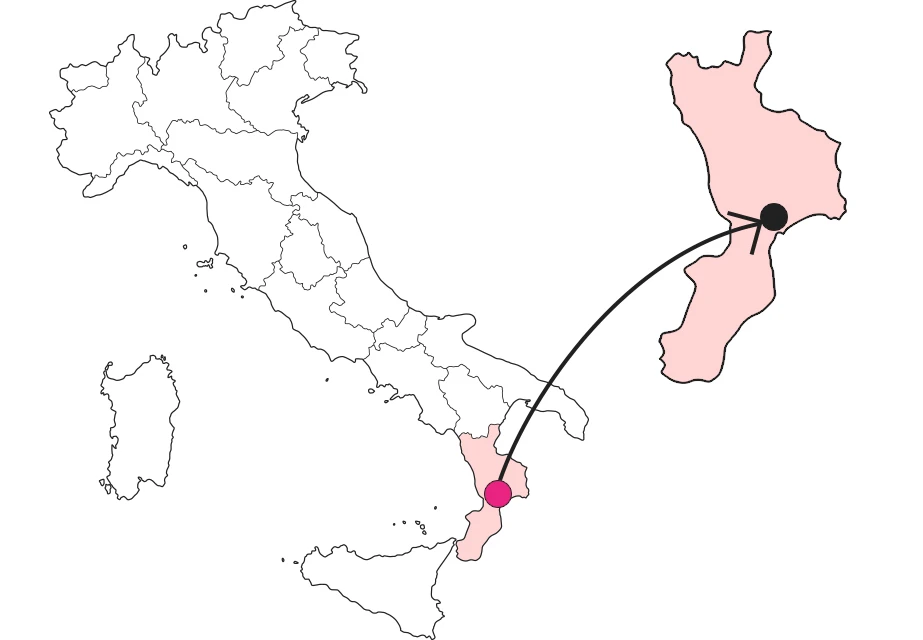

Veteran's Church
Ancient church on the hill of the San Teodoro district



Where is

What it is and where it is
The small church dedicated to Our Lady of Grace, but better known as the "Veterana" or "delle Cucchiarelle" church, stands on a rocky outcrop dominating the historic center of Nicastro-Lamezia from above. The cluster of houses that grew up around it takes the name "Casalinuovo." The simplicity of its facade and interior contrasts with its long and articulate history, a combination of legend and faith.
Why it is special
The church is home to a very old tradition: that of "cucchiarelle." The name derives from the shape of "little spoons" taken on by consumption from some pieces of tin; these formed the seals of the Papal Bull issued by Pope Paul III in 1542 to grant indulgences for 100 days to anyone who visited the church on five religious holidays. The tradition is still carried on today on Easter afternoon, when the cucchiarelle are displayed on the church portal to be clapped and kissed by the faithful.
Not to be missed
Going a few kilometers away, at the Diocesan Museum of Lamezia Terme, it is still possible to admire the painting of the Madonna of Constantinople between Santa Domenica and Sant'Eligio, a work by the painter Francesco Colelli, previously kept in the Veterana church.
A bit of history
The foundation of the church is linked to an ancient legend that Our Lady of Grace appeared in a dream to Frederick II's daughter, asking her to have a small church built in her honor in front of the castle. The church was in fact the seat of the Confraternity of Our Lady of Grace, which, during its tenure, endowed the shrine with a Baroque-style altar and adorned the church with fine canvases, such as the one depicting Our Lady together with Frederick II's heir princess prostrate at her feet. It suffered major damage in the 1638 earthquake and was then rebuilt with shoddy materials, so much so that, for some years, it was declared unsafe and closed to worship until 1963 when consolidation and restoration work began. On that occasion the 18th-century altar on which the wooden altarpiece depicting the Madonna and Child between St. Stephen and St. Luke was placed was dismantled.
Trivia
Until 1954 the Veterana church was guarded by a "romito" (a hermit); the last one was a certain Angelo da Feroleto, known by everyone by the nickname "Pirivissi." A simple and good man, with two small humps, one on his left shoulder and another on his chest, which the boys, when he passed through the streets of the ward, touched as a joke or superstition. The hermitage itself was the women's wing of the prison established here by the French in 1811. The men were detained inside the church.

